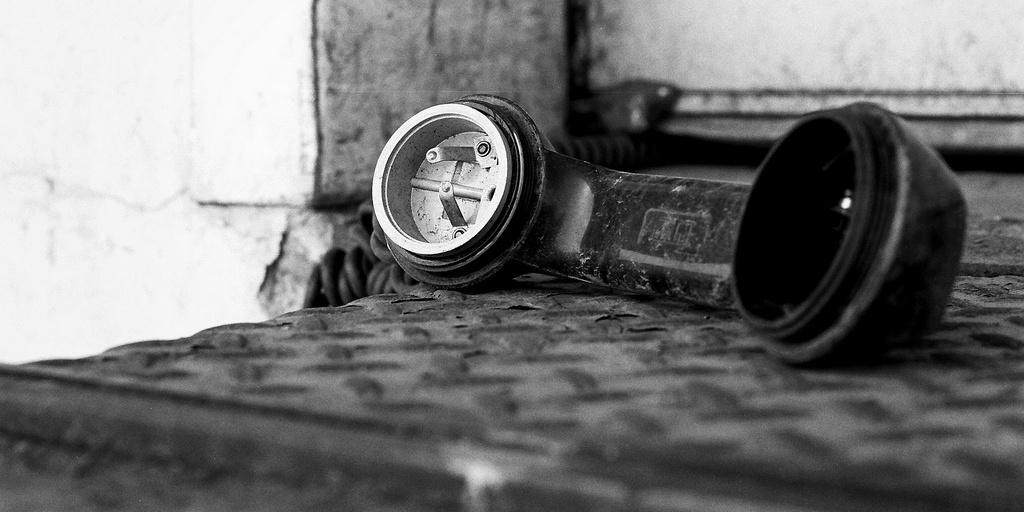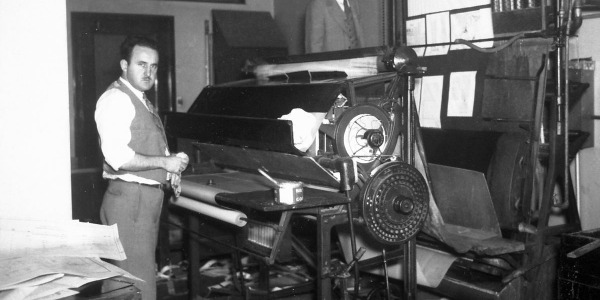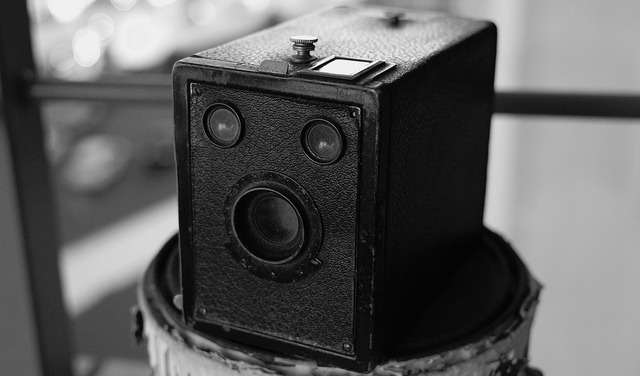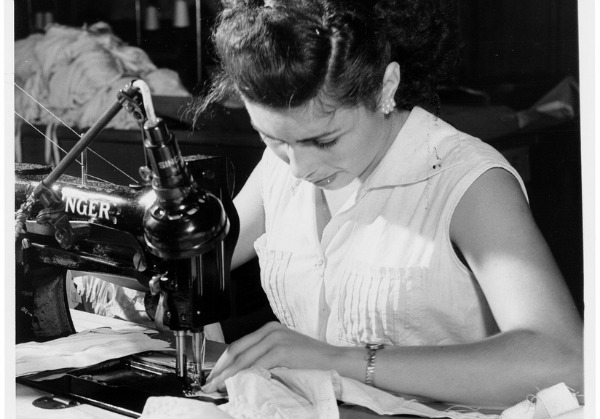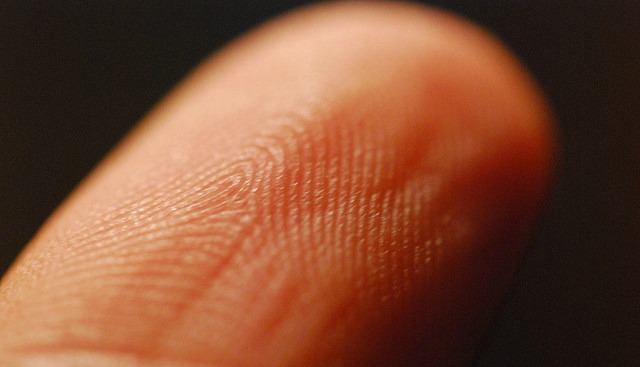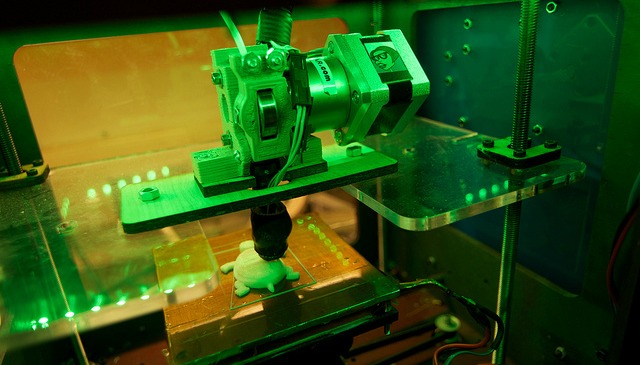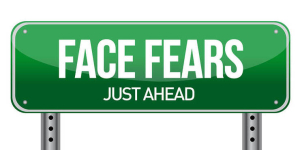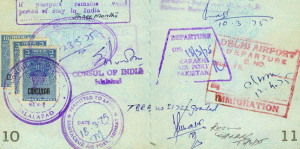Throughout the centuries, creative minds have presented us with countless astounding inventions and discoveries. Now, milestones such as the internet, electricity, and computers subsist as the cornerstone of today’s society. Likewise, there are many other breakthroughs, long-standing as well as newly developed, that have made a significant impact on the world. Here are just a few.
The Printing Press: 1400’s by Johannes Gensfleisch zur Laden zum Gutenberg
Gutenberg introduced the printing press to Europe in the 15th century, advancing the written aspect of communication. After 4 more centuries of development, the first non-hand-operated printer was created, leading communication and literacy to advance even further.
Photographic Camera–1839 by Alphonse Giroux
Alphonse Giroux developed the first camera to be commercially produced. Since then, cameras have become increasingly faster, more portable, and more advanced.
The Sewing Machine–1845 by Elias Howe
The first working sewing machine dates back to 1790, but Elias Howe’s discovery proves especially interesting. His original idea was to use a needle pointed on both ends, with an eye in the middle. However, the thread didn’t catch when the needle was inserted. Then one night he dreamed he’d been taken prisoner, and men with spears danced around him. When he noticed their spears had a hole at the tip, Howe discovered the solution to his problem. When he woke, he created an operable machine by placing the needle’s eye near the tip.
The Telephone–1876 by Alexander Graham Bell
“Mr. Watson, come here. I want to see you.” were the first words successfully transmitted through Alexander Graham Bell’s invention, the telephone, in 1876. This lead to Willaim Gray’s coin operated payphone in 1889, and eventually to the first cordless phones and cell phones in the 1970’s.
The Light Bulb–Patented in 1886 to Nikola Tesla
The history of the light bulb began in the 1809, when English Chemist Humphry Davy created a glowing fixture with charged carbon. This arc lamp was modeled and remodeled until Nikola Tesla found a proper and efficient way to distribute the light. The light bulb was one of the first patents issued to Tesla in the U.S.
Dactyloscopy (Fingerprinting)–1892 by Juan Vucetich
Anthropologist and police official Juan Vucetich established dactyloscopy in 1892, when he was the first to identify a criminal by its use. In the case, a woman had murdered her two sons and cut her own throat, in an attempt to attribute the crime to someone else. However, a bloody fingerprint identified her as the murderer.
The 3D Printer—1984 by Chuck Hull
3D printing reduces the time and cost of development, increasing innovation and business. Though the first 3D printer was created in 1984 by Chuck Hull, they were not widely available until 2010.
The Hubble Space Telescope–Launched in 1990 by NASA
Lastly, the Hubble Space Telescope has had a profound impact on the science of astronomy, enabling long-standing questions to be answered as well as exposing how little we know. The incredible photographs taken by the HST reveal an increment of the vastness and beauty of the universe.
If it’s true the past predicts the future, we can be encouraged in that there are countless more significant discoveries to be made, and life-altering inventions to be created.
Chana Elizabeth Bainter

